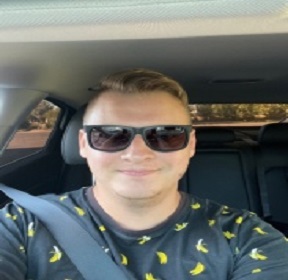
Igor V Smirnov
Russian Academy of Sciences RussiaTitle: Octacalcium phosphate and its cation-doped forms
Abstract:
The formation of new-generation materials in regenerative medicine is an urgent task since it directly affects the quality of people`s life. New approaches in synthetic bone substitute creation make it possible to treat a wider range of diseases or increase the speed and quality of recovery. Low-temperature calcium phosphates, especially octacalcium phosphate (OCP), are known as a precursor to biological hydroxyapatite in the formation of organic bone tissue. OCP has higher biocompatibility and osseointegration rates compared to other calcium phosphates. The possibility of creating low-temperature calcium phosphate compounds and obtaining substituted forms at physiological temperatures was shown in this work. Functionalizing of OCP materials by doping with cations, such as Sr2+ et.al.[1.2], combined with the technology of layer-by-layer ceramic personalized implant construction [3], is to combine all the developments of recent years into a single product. In this work, we propose a multi-stage approach to bulk materials creation based on DCPD, OCP, and OCP-dopped, the investigation of physicochemical properties and biological behavior, especially the effect of the substitution cation [4,5].
In this study [1], strontium ions were doped into the OCP structure by chemical recrystallization of DCPD in solution under physiological conditions. The molar ratio of strontium in the samples is close to the theoretical in all samples, except for OCP - Sr_ 50. The substitution of strontium, in this case, was experimentally up to 25-27 at. %, which is higher than in existing studies. Strontium substitution leads to the expansion of the crystal lattice of OCP at 5-10 at. % possibly stabilizes the crystal lattice, which requires a more detailed study of the processes occurring in this range. The results of in vitro biocompatibility studies show that the substitution of strontium in samples with OCP−Sr_20 and higher significantly increases cell viability, compared to undoped OCP. This effect may be associated with the absence of the OCP-Sr impact on the lysosomes biogenesis, as well as with the lack or even an inhibitory effect on ROS production.
Biography:
Igor Smirnov has experience in the field of obtaining biocompatible materials for bone tissue engineering, and chemical synthesis of bioactive coatings and materials, including low-temperature methods. He has considerable experience in investigations and processing of visualization data obtained using electron microscopy, X-ray diffraction, IR-spectroscopy, and computed tomography methods

